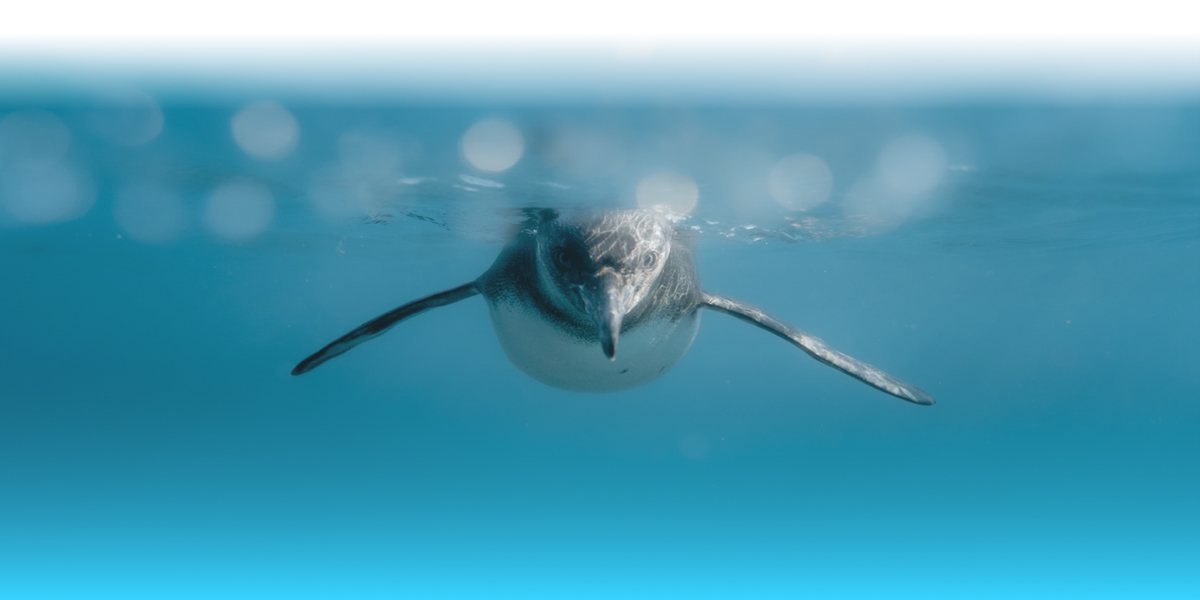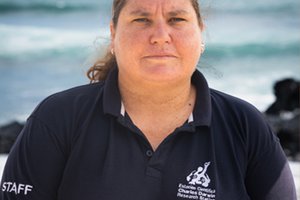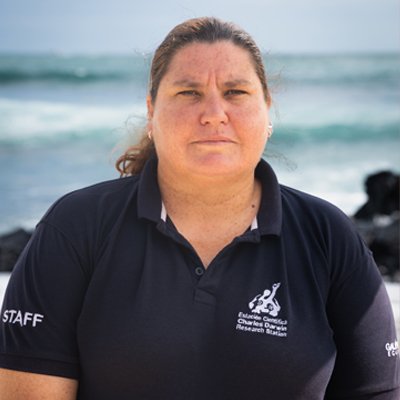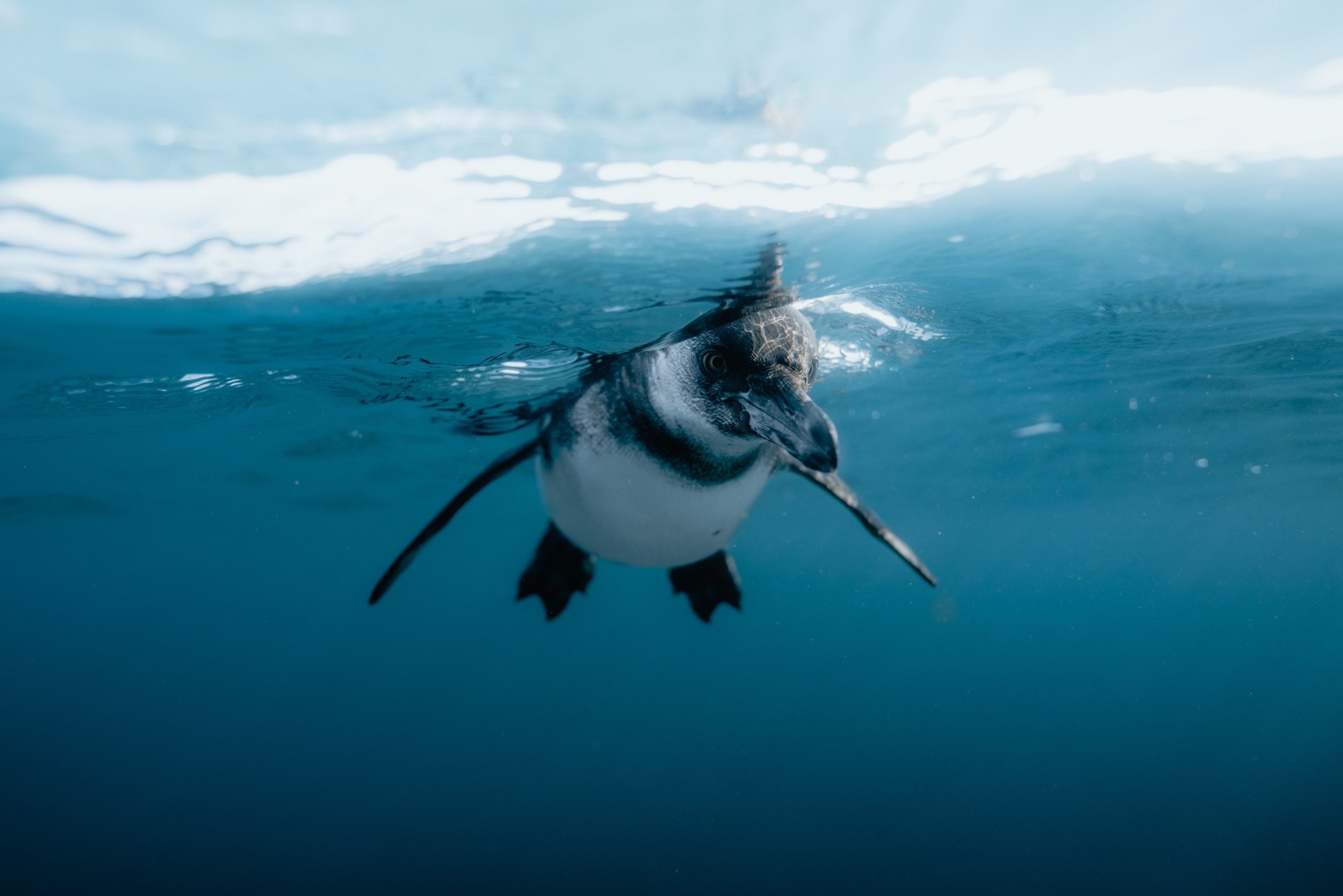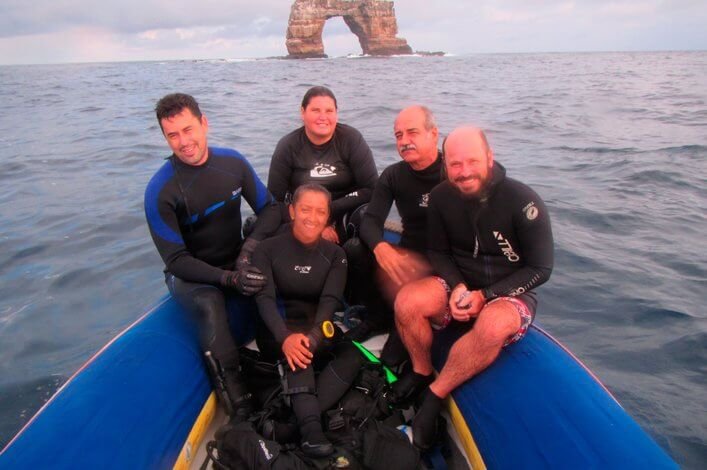
The Galapagos Archipelago has a new designation, a “Marine Sanctuary”, conformed by Darwin and Wolf; small islands located in the north. These islands have a lot to discover and protect. A group of experimented scientists embarked in an expedition on the boat Queen Mabel at the end of April, 2017.
The Charles Darwin Foundation Scientists (CDF), Ecuador International Conservation (IC-Ecuador), ETPS Regional Program (Eastern Pacific Landscape), Nazca Institute of Marine Research and Nova Southeastern University joined to study; i) the amount of seaweed Caulerpa sp. in Darwin´s reef; ii) map the coral area; iii) get ecological monitory data to know the actual conditions of the coral areas in Darwin and Wolf. Everything was based on the “Research about marine invasive species to prevent, stop, and manage it in the Galapagos Marine Reserve.
In the marine bottom, transects of 50 meters were placed at 15 and 6 meters of depth. These activities were realized:
- Biodiversity censuses, by counting present organisms (fish, macroinvertebrades, and sessile organism).
- Coverage estimation through quadrants, it was estimated the Caulerpa sp. seaweed coverage along the transects.
- Information record, temperature, currents, swell and visibility in each dive.
- Change of temperature devices that were in registered strategic places in the GPS.
- Mapping the old reef on Darwin Island.
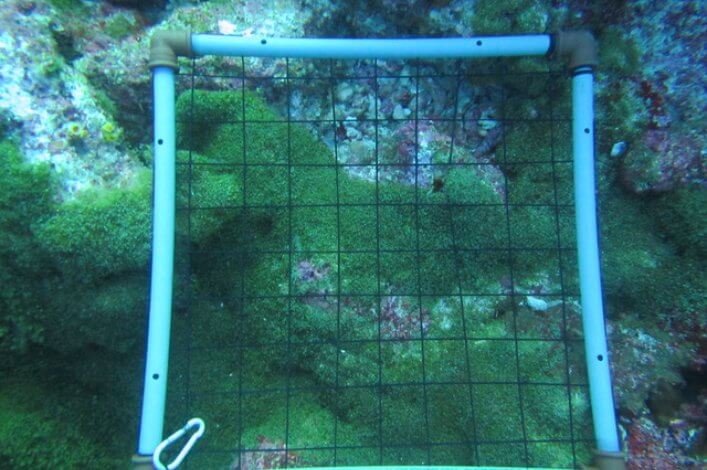
As a result of this expedition, it was able to determinate that Darwin and Wolf reef communities are in good conditions. Some samples and small colonies were observed. It indicates an active population and it keeps a growing population. Otherwise, important reef areas are being affected because of the overgrowth of the Caulerpa sp. seaweed. It´s territory has increased in recent years (at least, from 2015).
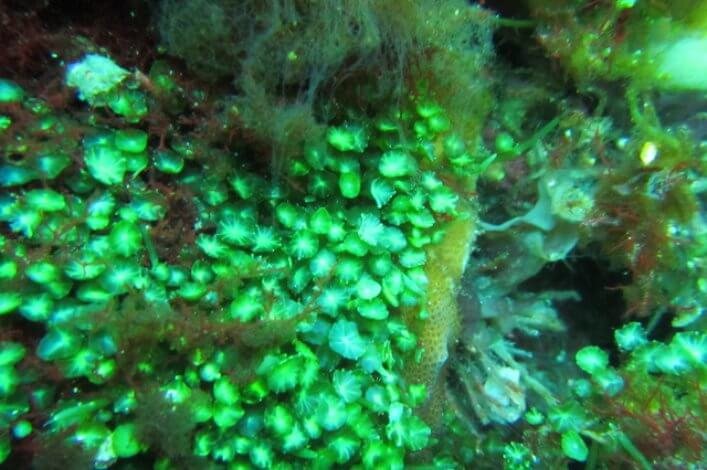
The Surface temperature of the water in Darwin and Wolf has not changed abruptly, and it was found less than 1% of the white reefs. In a previous trip, on November, it was determined that temperature was between 16-19 C. While during the trip temperatures between 26-29 C were registered.
It was new to find small patches of Caulerpa sp. seaweed in the places were the reef colonies are located at Wolf Island. It was reported by the Galapagos National Park. It shows the importance of monitoring frequency these patches to prevent and take actions to avoid this seaweed expansion as it did in Darwin Island.


